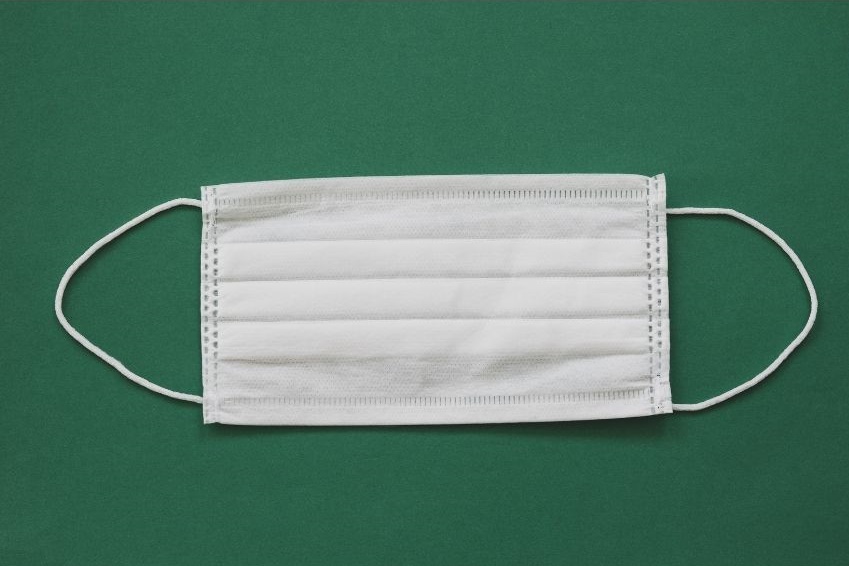
A data survey conducted by medical students and faculty at the Wayne State University School of Medicine reveals that in the first wave of the COVID-19 pandemic earlier this year, skilled nursing facilities in metropolitan Detroit’s most vulnerable communities experienced disproportionately greater personal protective equipment deficits, case numbers and mortality rates compared to those located in least vulnerable communities.
Of the 103 skilled nursing facilities contacted for needs assessments, PPE items with the greatest shortages included gowns, respirators (N95 or equivalent) and surgical masks.
“This implies that there is a possible fundamental flaw in the current resource allocation process during disasters such as pandemics,” said Teena Chopra, M.D, M.P.H., professor of Medicine in the School of Medicine’s Division of Infectious Diseases. “As stakeholders in the health care profession, it is our duty to advocate for both reassessments of the current governmental resource allocation system and for changes to how community needs are prioritized during these events. This, in turn, will help to prevent disproportionately poor patient outcomes in the most vulnerable areas during future disasters. This also calls for a national plan addressing disparities during pandemics.”
“The Role of the Social Vulnerability Index in Personal Protective Equipment Shortages, Number of Cases, and Associated Mortality During the COVID-19 Pandemic in Michigan Skilled Nursing Facilities,” was published in Infection Control and Hospital Epidemiology last month.
Dr. Chopra has been on the front lines of the coronavirus pandemic, serving as the corporate medical director of Infection Prevention and Hospital Epidemiology and Antibiotic Stewardship for WSU and the Detroit Medical Center.
The study was conducted by a PPE organization founded by medical students at WSU and Michigan State University College of Osteopathic Medicine. The students led the research endeavor in conjunction with Dr. Chopra and Avnish Sandhu, D.O., an infectious disease specialist with Wayne Health.
The U.S. Centers for Disease Control and Prevention’s Social Vulnerability Index, or SVI, stratifies community need for support during emergencies, such as disease outbreaks and natural disasters, based upon 15 variables, mostly social determinants of health. The index helps government organizations prioritize allocation of resources to communities determined most vulnerable.
The study’s primary objective was to determine if a correlation exists between the SVI and supply of pandemic-related resources, specifically PPE. The team also analyzed the potential relationship between the SVI and skilled nursing facilities’ COVID-19 case numbers and mortality rate. They found 2.3 times greater PPE shortages, 1.6 times greater case numbers and 1.9 times the mortality rate in the most vulnerable communities relative to the least vulnerable.
Dr. Chopra hopes the results will encourage physicians to advocate for reassessments of the current governmental resource allocation system and changes to how community needs are prioritized during these events.
“It is our role, as patient advocates, to do our part to help prevent disproportionately poor patient outcomes in the most vulnerable areas during future disasters, such as pandemics,” she said.